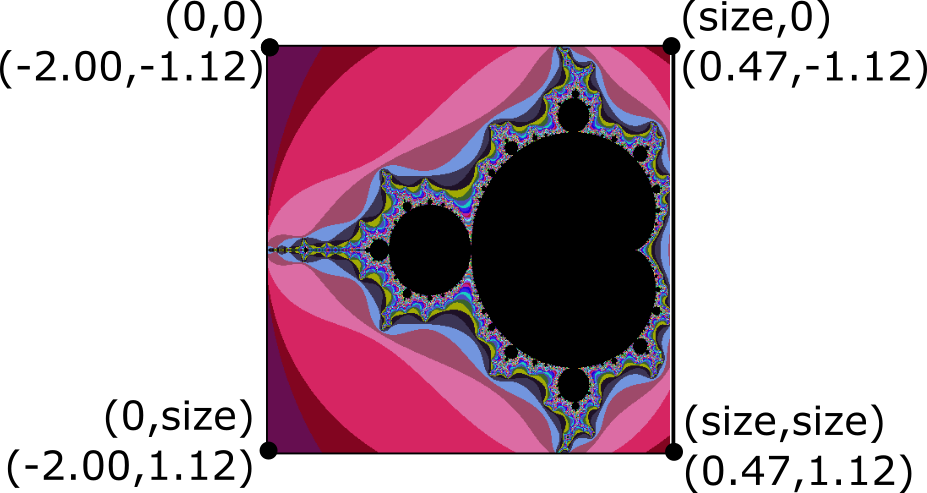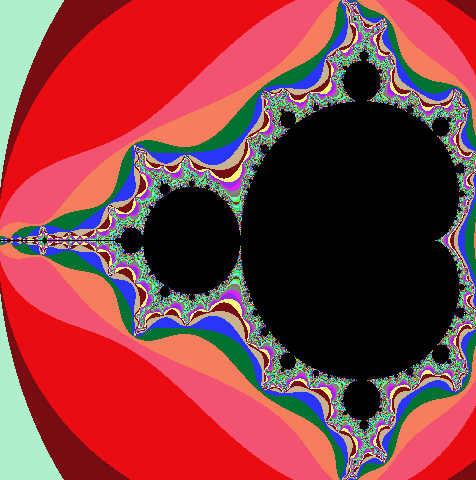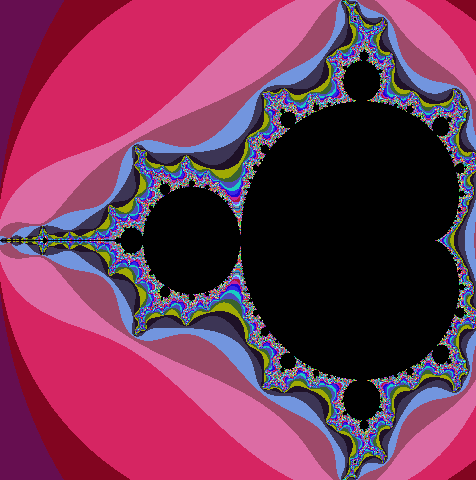Assignment 9: Many processes make light work
Due Wednesday, March 22, at midnight
The goals for this assignment are:
-
Brush off your C programming
-
Implement an algorithm using multiple processes with fork()
Update your repository
Do a fetch upstream to obtain the basecode for this assignment.
Using the command line
-
Open terminal and change your current directory to your assignment repository.
-
Run the command
git fetch upstream -
Run the command
git merge upstream/master
Your repository should now contain a new folder named A08.
The fetch and merge commands update your repository with any changes from the original.
1. Warm-up
In the file, warmup.c, implement a program that spawns processes according to the following diagram.
![]](img/processes.png)
$ make warmup
gcc -g -Wall -Wvla -Werror warmup.c -o warmup
$ ./warmup
17300] A0
17300] B0
17301] B1
17301] Bye
17300] C0
17300] Bye
17302] C1
17302] ByeRequirements:
-
Your program should print the messages as shown above.
-
Your program should use fork() to spawn processes.
-
Call
getpid()to show the process ids for each print message.
2. Mandelbrot
In the file, single_mandelbrot.c, compute a program that outputs a PPM image of the mandelbrot
set. You have been given basecode that initializes the following values from command line arguments. This code uses the getopt function.
Arguments:
-
-s <size>the image width and height -
-l <xmin>the leftmost coordinate, e.g. minimum x value -
-r <xmax>the rightmost coordinate, e.g. maximum x value -
-t <ymin>the topmost coordinate, e.g. minimum y value -
-b <ymax>the bottommost coordinate, e.g. maximum y value

When you run your program, you should get the output such as the following
$ make single_mandelbrot
$ ./single_mandelbrot
Generating mandelbrot with size 480x480
X range = [-2.0000,0.4700]
Y range = [-1.1200,1.1200]
Computed mandelbrot set (480x480) in 0.323261 seconds
Writing file: mandelbrot-480-1649001071.ppmRequirements and hints:
-
You should re-use your PPM functions from A06.
-
Allocate an array of pixels using malloc and then save the final image using
write_ppm. -
You should output the number of seconds needed to compute the image. Use this class example, matrix.c for an example.
-
Your output filename should have the format
mandelbrot-<size>-<timestamp>.ppm. The timestamp can be obtained by callingtime(0). -
Set a random seed to ensure that the color palette is different each time, e.g.
srand(time(0)) -
(Optional) Experiment with visualizing other regions of the mandelbrot set. For example, if you run with
./single_mandelbrot -s 480 -l -0.02524993 -r 0.00975 -b -0.8172 -t -0.79725, you get the following image

2.1. Background: Mandelbrot Set
The mandelbrot set is fractal popularized by Benoit Mandelbrot in 1980.
The mandelbrot set consists of the set of complex numbers z for which \(z^2 + c\) does not diverge to infinity when z starts at 0. To visualize this set, recall that a complex number, \(z = x + yi\), can be visualized as a 2D point \((x,y)\). Although the set derives from complex numbers, we can compute the set by thinking about 2D coordinates, \((x,y)\).
To see whether the complex number \((x,y)\) diverges, we simply need a loop that repeatedly computes \(z^2 + c\). If we expand the complex number multiplication of \(z = x + y*i\), z will change each iteration based on the following algorith. To test for divergence, we check whether z goes out of the bounds of 4*4. If z does go out of bounds, we assign it a color based on how quickly it "escaped" the distance 4*4. If after MAX iterations, z is still smaller than 4*4, it belongs to the set and we color it black.
The last thing we need to draw the set is the region of values for x and y that bound the set. X should vary from -2.0 to 0.47. Y should vary from -1.12 to 1.12. Here is the full algorithm. Assume that the image width and height are the same, e.g. square images.
for each row in the image
for each col in the image
xfrac = row / image_size
yfrac = col / image_size
x0 = xmin + xfrac * (xmax - xmin)
y0 = ymin + yfrac * (ymax - ymin)
x = 0
y = 0
iter = 0
while (iter < MAX && x*x + y*y < 2*2)
xtmp = x*x - y*y + x0
y = 2*x*y + y0
x = xtmp
iter++
if (iter < MAX) // escaped
color = palette[iter]
else
color = black
write color to image at location (row,col)Palette
The palette should contain the same number of colors as MAX iterations.
Use ppm_pixel to represent colors in the pallet. You can either generate
random colors or compute a base color and jitter it e.g.

|
|

|
|
3. Submit your work
Submit your code and images
1) Push your code work to github
$ git status
$ git add .
$ git status
$ git commit -m "assignment complete"
$ git status
$ git push
$ git status